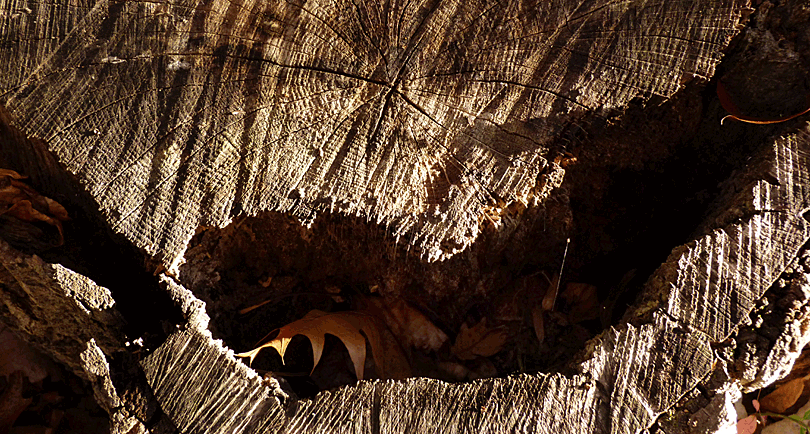
AN
INTRODUCTION TO DIGITAL STORAGE MEDIA
 Digital
camera memory is an essential and often overlooked piece of digital
photography equipment. There are many types of memory and it's a good
idea to consider what type of memory a camera uses before you buy your
first digital camera. It's also important to make sure you have enough
memory before you take pictures of an important event or leave for
vacation. Although memory cards are reusable, they don't have a
limitless capacity and it's always good to have more than you actually
need.
Digital
camera memory is an essential and often overlooked piece of digital
photography equipment. There are many types of memory and it's a good
idea to consider what type of memory a camera uses before you buy your
first digital camera. It's also important to make sure you have enough
memory before you take pictures of an important event or leave for
vacation. Although memory cards are reusable, they don't have a
limitless capacity and it's always good to have more than you actually
need.
Most digital cameras come with very low capacity memory cards. If you're
shopping for your first digital camera be sure to budget for an
additional card. It's a safe bet that the card that comes with your
camera will be inadequate. With the larger
resolutions of most cameras today, higher capacity memory
cards become a necessity.

Most camera manufacturers publish tables on their Web sites and in their
camera manuals to show how many images you can save on their included
memory card. There’s no fixed rule for the number of photos you can put
on one card because different image file types, different amounts of
compression, and image content all affect the size of each file. But the
manufacturer's site is a good place to start when you decide how much
memory you want.
Depending on the megapixel resolution of your camera,
you should purchase at least a couple of 1 or 2 GB memory cards. It's
also a good idea to not save all of your photos on one card. Also, you
should not regularly use extra large 32-64 GB cards. There's always the
possibility that cards can get corrupted, lost, or stolen. Using more
than one and switching during a shoot protects your valuable
photographic data.
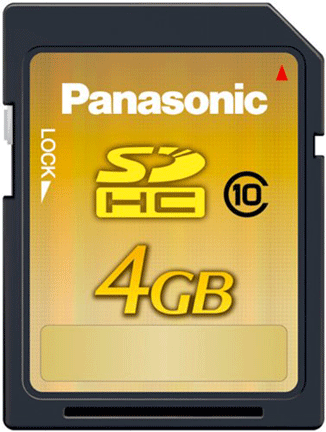 The
camera manufacturer determines the type of media card each camera uses.
So the only thing you have to consider is which size and brand to buy.
All brands of media cards are good, and all are made by third-party
manufacturers, even if you see cards with the name of a camera
manufacturer on them.
The
camera manufacturer determines the type of media card each camera uses.
So the only thing you have to consider is which size and brand to buy.
All brands of media cards are good, and all are made by third-party
manufacturers, even if you see cards with the name of a camera
manufacturer on them.
As for size, you’ll ideally want to purchase several cards of different
sizes. DO NOT purchase one very large card and think that will do the
trick. As mentioned above, they can fail at any moment, and when one of
the big ones fails, that usually a photographic disaster. Consult the
chart in your camera manual to see how many photo files each size will
hold at your maximum resolution.
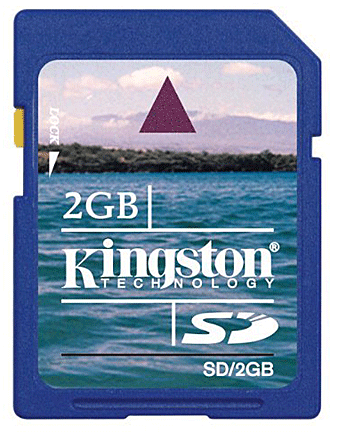 Types
of Media Cards
Types
of Media Cards
The following are the most popular media cards that camera manufacturers
use in their cameras:
Secure Digital Cards
Secure Digital cards are the most popular card in use today. The come
with a built-in switch with which you can manually lock your card.
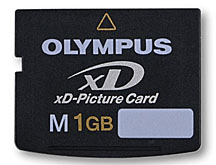 xD
Picture Cards
xD
Picture Cards
Introduced by Olympus and Fuji in 2002, the xD Picture card is used
mostly in Olympus digital cameras. It's tiny size, just 0.97" x 0.98" x
0.67," means it can be used in very small cameras. Since it was
developed and introduced by Olymous and Fuji, most current compact
digital cameras from those manufacturers use the xD Picture Card media.
Sony Memory Stick
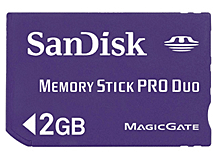 Memory
Stick was developed by Sony for their CyberShot digital cameras. With
the exception of a very few cameras, Memory Stick is only compatible
with Sony digital cameras. That means if you have Memory Stick media for
a camera and you decide to buy another brand of camera, the Memory Stick
cards you own are not likely to work with the new camera. On the other
hand, if you own other Sony devices, there might be benefits to owning
Memory Stick. Sony MP3 players, PDA's and selected Sony Vaio computers
also accept Memory Stick media.
Memory
Stick was developed by Sony for their CyberShot digital cameras. With
the exception of a very few cameras, Memory Stick is only compatible
with Sony digital cameras. That means if you have Memory Stick media for
a camera and you decide to buy another brand of camera, the Memory Stick
cards you own are not likely to work with the new camera. On the other
hand, if you own other Sony devices, there might be benefits to owning
Memory Stick. Sony MP3 players, PDA's and selected Sony Vaio computers
also accept Memory Stick media.
Card Readers
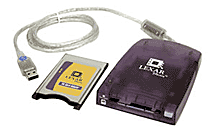 Next
to connecting your camera directly to your computer via USB cable, card
readers are the most efficient way to download your digital photo files
and a highly recommended digital camera accessory. Card readers plug
into your computer via one of its USB ports and allow you to transfer
your files without using your camera's batteries or dealing with cables.
You install the card reader as you would any other USB device and plug
the card into the reader when you want to transfer your images. The
memory card will show up on your computer as a separate, removable drive
when it's plugged into the reader. Card readers are available in
inexpensive internal and external models with USB connections. However,
avoid buying a multi-card reader since they can be unreliable. Instead,
stick with a single-type card reader.
Next
to connecting your camera directly to your computer via USB cable, card
readers are the most efficient way to download your digital photo files
and a highly recommended digital camera accessory. Card readers plug
into your computer via one of its USB ports and allow you to transfer
your files without using your camera's batteries or dealing with cables.
You install the card reader as you would any other USB device and plug
the card into the reader when you want to transfer your images. The
memory card will show up on your computer as a separate, removable drive
when it's plugged into the reader. Card readers are available in
inexpensive internal and external models with USB connections. However,
avoid buying a multi-card reader since they can be unreliable. Instead,
stick with a single-type card reader.

